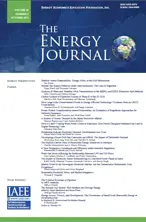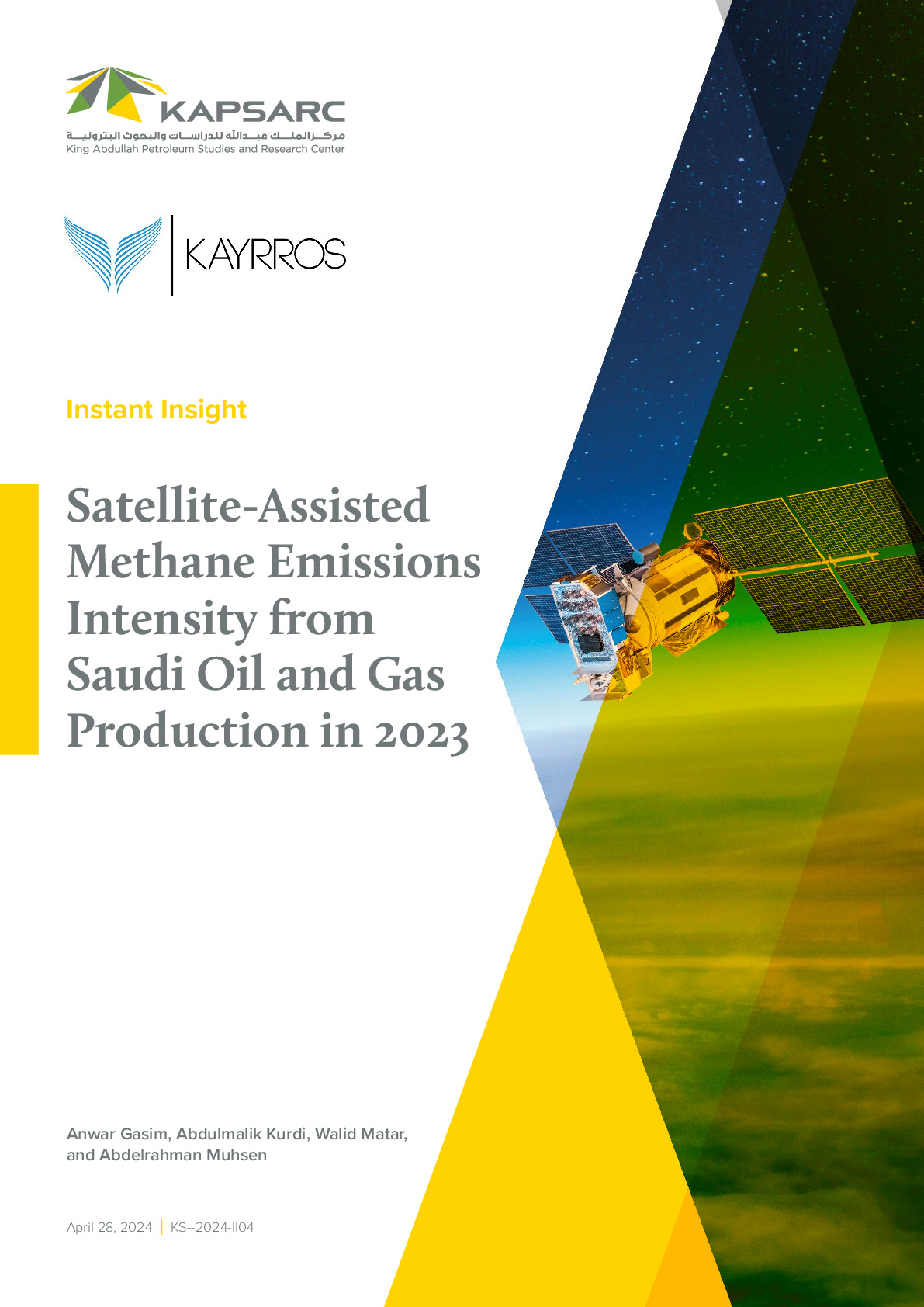“A country’s national income is defined as the total market value of its output. The most used measure for national income is gross domestic product (GDP). One way to estimate GDP for a country is to sum its government consumption, private consumption, investment, and exports minus its imports. The components of GDP are deflated using a base year to control for inflation (or deflation) over time. While this adjustment effectively controls for changing prices, it may not properly reflect the purchasing power availed or taken away by volatile oil prices for oil-dependent economies.”




